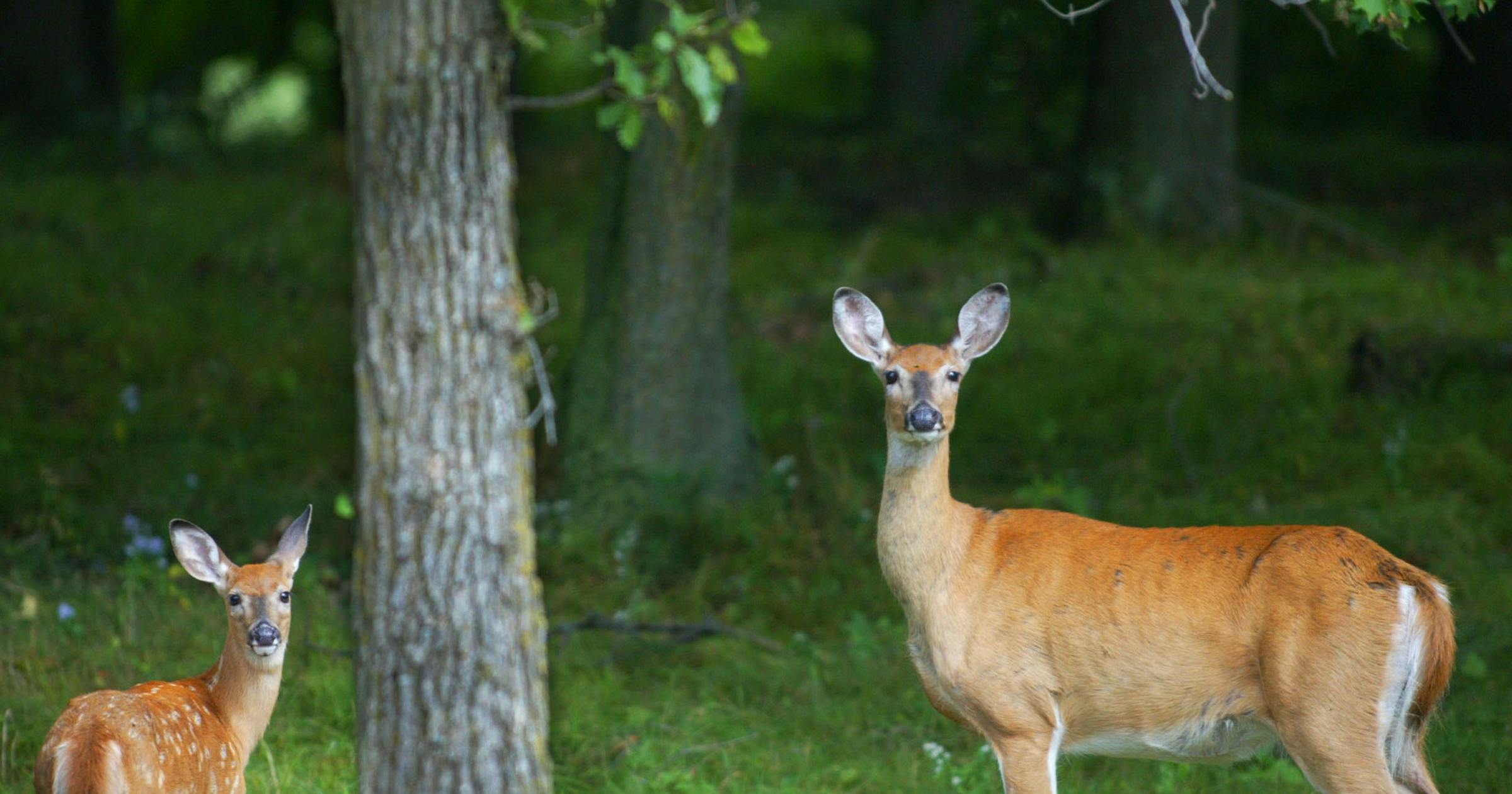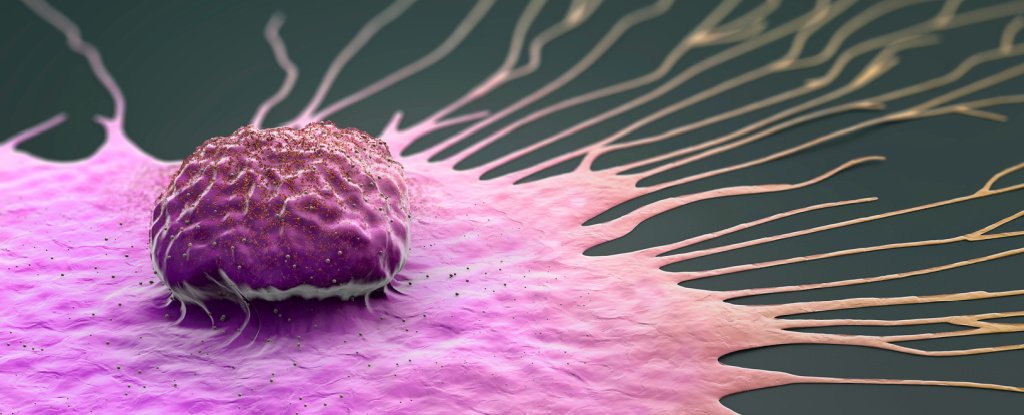Two friends who hunted deer together at the same lodge contracted an extremely rare brain disease and died, raising fears that they may have been infected by contaminated venison.
A team of neurologists at the University of Texas Health Science Center at San Antonio presented the case at a conference last week, saying the deer herd surrounding the lodge is known to be infected with chronic wasting disease (CWD) – a fatal brain disease in deer caused by misfolded prion proteins.
“The patient’s history, including a similar case in his social group, suggests a possible novel animal-to-human transmission of CWD,” the researchers wrote.
But scientists at the National Prion Disease Pathology Surveillance Center and the Centers for Disease Control (CDC), which have been monitoring these types of illnesses for decades, said that it is highly unlikely that venison or chronic wasting disease had anything to do with the deaths of the two men.
“We do not agree with the suggestion that these cases were caused by consumption of deer meat,” said Ryan Maddox, a senior epidemiologist and deputy chief for the CDC.
Scientists have long feared that chronic wasting disease could jump from deer to humans. That wouldn’t just be dangerous to human health, but devastating to the outdoor economies of Minnesota, Wisconsin and much of the Midwest where deer hunting is woven into the culture.
The disease is not treatable and is always fatal in deer. It’s from a family of diseases that has baffled scientists for years. They’re not caused by a virus or bacteria. Rather, prion proteins inside the infected brain fold the wrong way, disrupting connections and killing cells. The misfolded proteins self-replicate, increasing the damage until the brain no longer functions.
There have been no known cases of chronic wasting disease spreading to humans since the disease was discovered in captive game farms in the 1980s, or even as it has rapidly spread in wild deer populations throughout half of the United States over the last 20 years.
Other prion diseases, such as bovine spongiform encephalopathy, or mad cow disease, have spread to humans. In the 1990s, mad cow disease caused a variant of Creutzfeldt-Jakob disease in people who ate infected meat. Creutzfeldt-Jakob is a rare prion disease that develops in about one in 1 million people a year.
In 2022, a 72-year-old man with “a history of consuming meat from a CWD-infected deer population,” began showing signs of Creutzfeldt-Jakob disease, the Texas neurologists wrote in their presentation.
His friend, who hunted in the same lodge and ate venison from the same herd, had just died of the disease. After the 72 year-old died, an autopsy confirmed the disease, they wrote.
There is no conclusive evidence that chronic wasting disease caused the men to get sick. They wrote “this cluster emphasizes the need for further investigation.”
The researchers didn’t say where the man hunted. Dr. Sarah Horn, one of the neurologists, declined to be interviewed and reiterated in a statement that the information in the report was not a full research study, but a presentation about a case.
“The conclusion from that presentation was there remain no proven cases of transmission to date,” she said.
Maddox, of the CDC, said the agency reviewed both cases in 2022.
“We feel strongly that they are part of the normal number of cases we see,” he said. “Many Americans hunt and even more eat venison. Some will develop sporadic [Creutzfeldt-Jakob] by chance and others will not.”
“The mens’ ages, progression of symptoms, and changes to their brains were all consistent with what we normally see” in classic cases of Creutzfeldt-Jakob, Maddox said.
When mad cow disease crossed over to humans and caused a variant form of Creutzfeldt-Jakob, the age of the patients, the symptoms and the visible damage to the brain of those who got the disease from eating infected meat were distinctively different than those who did not, said Dr. Brian Appleby, director of the National Prion Disease Surveillance Center.
While nobody knows exactly what chronic wasting disease would look like in humans, the expectation is that it also would be distinguishable in an autopsy, Appleby said.
Appleby said he agrees with the researchers that any potential human infections from CWD need to be diligently monitored and investigated.
The more the disease spreads in the wild, the more opportunities it has to develop a variant that could infect humans, he said.
CWD has been found in deer in several counties in Minnesota. The state offers free testing, and strongly encourages hunters to have their deer tested for the disease before eating the meat.

Rachel Carter is a health and wellness expert dedicated to helping readers lead healthier lives. With a background in nutrition, she offers evidence-based advice on fitness, nutrition, and mental well-being.







